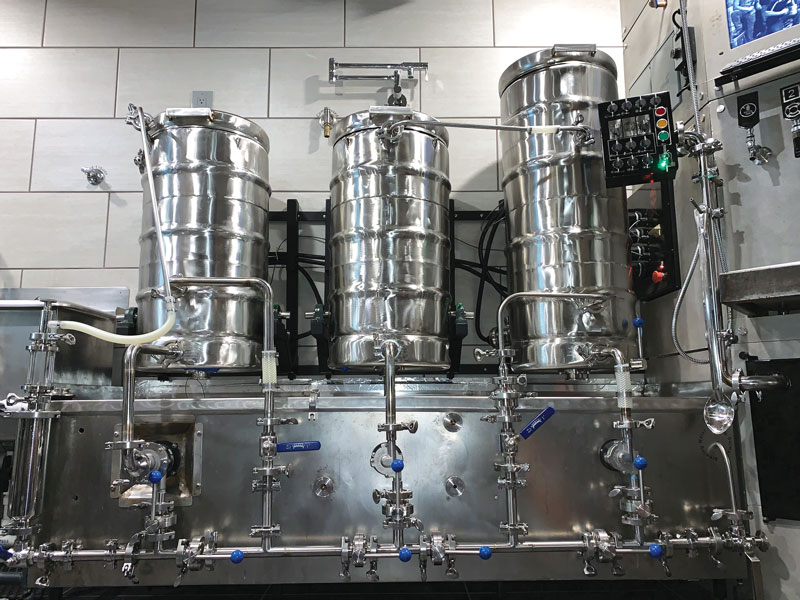Extract varieties for yeast starters
TroubleShooting
John T. Kirk • Houghton, Michigan asks,
When creating a yeast starter for pitching, is it favorable to use the particular type of dried malt extract (DME) that’s used in the recipe? Or is there a standard DME that you recommend as a generic starter that remains neutral to the recipe’s flavor? For example, should you use wheat DME when making a wheat-based beer or can you use extra-light plain malt DME as a neutral base? Or should you use the DME in proportion to the recipe when it uses multiple kinds of DME?
This question asks for opinions rather than any real facts. I can do that! Strictly speaking, any wort with a gravity ranging from 1.040 to 1.052 works well in starters with respect to growing yeast. But this can raise some real flavor questions if the starter and the wort the yeast is going into are very different. I typically use my palest standard wort (a wheat beer wort) as the starter for my yeast. My experience tells me that the flavor of this wort is light enough that the flavors of the other beers I brew will dominate any flavor contributed from the starter.
In general, some of things I would avoid in a starter wort are dark colors, malty flavors, high bitterness, late hop aroma and gravities higher than about 1.052. I personally would not get too worried about trying to make a special starter for every beer. This is my opinion and I know some brewers don’t agree with this advice, but there is no absolute answer to this question. Another thing I like to do is to pressure-cook starters in some sort of container so that I have starter wort that I can conveniently use when I need it. Canning jars or laboratory media bottles work well for this.
I like making things easy for myself when possible and I typically steal a bit of wort from a batch and put it into media bottles instead of making a special batch just for starters. After the wort is in the bottle, I pressure-cook it with the lids loose for 20 minutes at 15 psi pressure. After 20 minutes, remove the pressure-cooker from the heat and allow the pressure to slowly fall. Once the pressure is down to 0 psi, remove the bottles or jars, tighten the lids and store at room temperature. This wort will remain preserved until needed.

